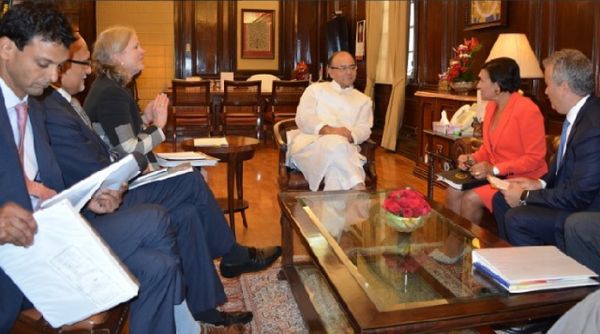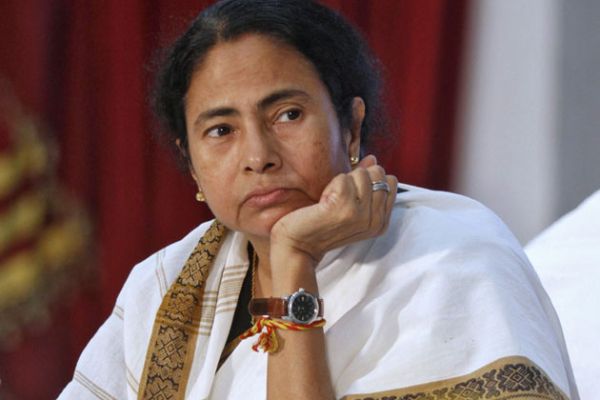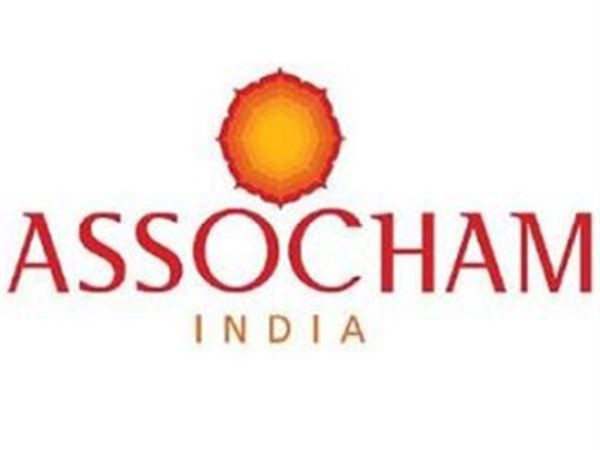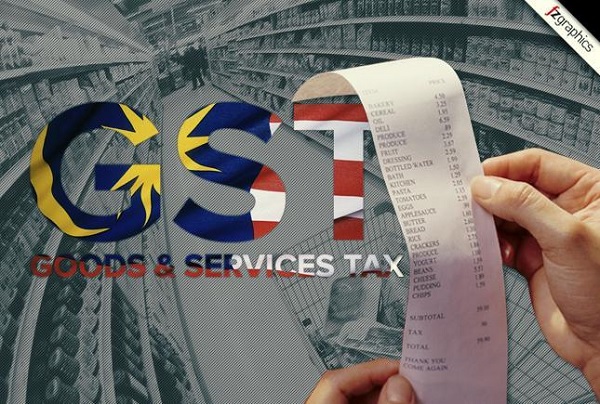
by admin | May 25, 2021 | Corporate, Corporate Governance, Economy, News, Politics

Arun Jaitley
New Delhi : Union Finance Minister Arun Jaitley on Friday said the Goods and Services Tax (GST) has made doing trade easier as per the feedback he received after visiting trading centres in Gujarat and Uttar Pradesh.
He said that the whole country was now a market for the trader, who also does not have to file multiple returns.
Jaitley told reporters here that results in the local body polls in Uttar Pradesh were an affirmation of people’s support for demonetisation and GST.
Referring to the GDP growth rising to 6.3 percent afer a five quarter slump, he said it shows that structural reforms benefit in the medium and long term.
Jaitley said it had been stated earlier that demonetisation would have an impact for one or two quarters and GST for about one quarter.
“The structural reforms have benefit in medium and long term. The change is being understood clearly now,” he said.
Answering a query, he said: “GST has made it easier to do trade and business. Every trader has more opportunity. Now the whole country is his market, it has saved travelling time.”
The minister said a single return is to be fied in place of multiple returns and that too is to put in the software and there is freedom from inspectors.
“Whereever I have gone to trading centres in Gujart, UP, we have got this feedback,” Jaitley said.
He said BJP got a three-fourth mandate in assembly polls in Uttar Pradesh and Uttarakhand after demonetisation, though some people had said that demonetisation will have a big impact.
“Today’s results in local body elections reaffirm the same,” he said.
—IANS

by admin | May 25, 2021 | Economy, News, Politics

Mamata Banerjee
Kolkata : Taking a dig at the central government on GDP numbers, West Bengal Chief Minister Mamata Banerjee on Thursday said “effects of note ban scam” and “unplanned” implementation of Goods and Services Tax (GST) continue to damage India’s economy.
According to official data released on Thursday, gross domestic product (GDP) at constant prices in the second quarter of the current fiscal was estimated at Rs 31.66 lakh crore, as against Rs 29.79 lakh crore in same period of last fiscal, showing a growth rate of 6.3 percent.
“GDP figures out. Again no growth. No jobs. Effects of note ban scam & unplanned GST continue to damage economy. Only talking. No performance,” Banerjee said in a tweet.
“Last year Q2 GDP growth was 7.5 per cent and this year it is 6.3 per cent. This Govt only bhashan, no action,” she added.
—IANS

by admin | May 25, 2021 | Business, Corporate, Corporate Buzz, Large Enterprise, News, Politics
 New Delhi : The GST rates for hydropower should be brought at par with wind and solar, so that value added cost and tax are commensurate for all renewable power projects, industry chamber Assocham said on Thursday.
New Delhi : The GST rates for hydropower should be brought at par with wind and solar, so that value added cost and tax are commensurate for all renewable power projects, industry chamber Assocham said on Thursday.
This, among other suggestions, to revive the languishing hydropower sector in the country have been made in an Assocham paper titled “Need for Hydropower in India – Industry Submission”, which was released by Union Power and New and Renewable Energy Minister R.K. Singh here on Wednesday evening.
“Assocham has urged the Centre to fix Goods and Services Tax (GST) rates for hydropower at par with wind and solar, so that value added cost and tax are commensurate for all renewable power projects,” the industry body said in a statement.
“Hydro projects attract 18 per cent GST for equipment and 28 per cent for cement, while the same for solar is five per cent for Engineering, Procurement and Construction (EPC), which has a glaring additional cost impact on power produced from hydro projects,” noted the Assocham paper.
Besides, EPC contracts for hydropower projects should also be categorised under the lowest GST slab of 5 per cent, it said.
“Currently, electricity at the consumer end or at discom end does not attract any GST and therefore the last leg of consumption of GST is with the generator,” Assocham said.
Releasing the Assocham paper, the Power Minister said a draft hydro power policy is being finalised for being placed before the Union Cabinet.
“A sector which has failed to add even 2,500MW of capacity in the last five years is in urgent need of revival, given that only hydro power can help balance the grid in absorbing the much higher levels of renewable energy planned to be progressively introduced by the government,” Singh said at Assocham’s roundtable with stakeholders.
“The 175 gigawatt (GW) capacity target from renewable sources is given and is part of our international obligations (on climate change). To balance the grid, it needs balancing power and for that hydro fits the bill,” he said.
He noted that hydroelectric power did not have to be imported, unlike gas, which could also perform the grid balancing function.
“We have a policy in the works for hydropower development which will be placed shortly before the Cabinet for approval. States are interested in its development and it is necessary for our future,” the minister said referring to the environmental benefits of hydroelectricity.
“Renewables go with hydro for grid purposes also because the costs of solar and wind power have become quite cheap,” he added.
Multipurpose projects, which were at the centre of India’s development strategy post-Independence, have become unviable because of revenue issues and the sector is saddled with a large share of stalled projects and stressed assets.
Singh said that the ministry had received various suggestions from stakeholders on a scheme of financial incentives.
“Some of these suggestions spoke of increasing the period of loan as well as the depreciation period, which would help reduce the tariff,” he said.
The Assocham paper suggested that government should support commissioned and under-construction projects through power purchase agreements (PPAs) and by mandating hydro purchase obligations (HPOs).
It also recommended that states waive the current free power requirement which would help reduce tariff in the initial years and make the project “more viable and competitive”.
—IANS

by admin | May 25, 2021 | Economy, News, Politics
 Kolkata : Union Minister of State for Finance Shiv Pratap Shukla on Wednesday said the Goods and Services Tax (GST) should smoothen out by March 2018 as the government has been addressing the concerns and it would become so simple that people would not have any issues.
Kolkata : Union Minister of State for Finance Shiv Pratap Shukla on Wednesday said the Goods and Services Tax (GST) should smoothen out by March 2018 as the government has been addressing the concerns and it would become so simple that people would not have any issues.
“By March, it will be so simple that even children will able to understand… even in a country like Singapore, it took four years for GST to get stabilised. I am proud that our government has responded to the issues so quickly,” he said while addressing the 116th annual session of the Merchants’ Chamber of Commerce and Industry.
Post the Guwahati meet of the GST council, tax rates on many products were reduced to 18 per cent from 28 per cent, which was appreciated by businesses, the minister said.
About the increasing non-performing assets (NPA) problem, he said, the Central government has done its bit in terms of recapitalisation support to banks to ensure their better financial health, but the banks should not make it a “tradition” to depend on the government.
“If we did not do that (provide recapitalisation support) the banks could not have been saved. But banks should not make it a tradition,” he said.
Banks, particularly the nationalised ones “should stand on their own”, he said.
Elaborating, he said many public sector banks appear to be sinking just because they went ahead and lent huge amounts of money to entities without proper due diligence.
The Central government has already announced Rs 2.11 trillion recapitalisation support to state-run banks to help them to meet capital requirements.
—IANS

by admin | May 25, 2021 | Interviews

Ritu Kumar
By Nivedita,
New Delhi : Veteran fashion designer Ritu Kumar says it is important to lower the Goods and Services Tax (GST) on handlooms to sustain the sector and improve the livelihood of craftspeople.
India today has 16 million craftspeople who are working on textiles as an everyday profession, she noted.
“This is… the size of most small countries; the population. It is very important to both sustain the craft and the art behind (handloom) as well as the livelihood of so many people,” she told IANS in an email interview, adding that the sector had the potential to be a huge generator of income.
“Today you see a lot of craftspeople’s children moving to the city and not taking up traditional crafts. It is important to provide incentives for them to come back and work. If we can lower the GST, or eliminate it, from the handicraft or handloom areas, it will give an incentive to the younger craftspeople to come back to this livelihood,” she added.
Handloom fabrics and handloom apparel have been made taxable with GST rates of 5 per cent and 12 per cent, respectively.
Kumar started her career in 1969 and has great understanding of traditional design and the innovative use of traditional crafts. She started with just four hand-block printers and two tables in a small village near Kolkata and pioneered the term “fashion” in the Indian context.
With an over four-decade-long journey in the industry, Kumar, whose list of clients include Aishwarya Rai Bachchan, Priyanka Chopra and international celebrities such as the late Princess Diana and Mischa Barton, has seen the evolution in the fashion world.
“Textiles, in India in particular, have involved in a fairly spectacular manner. From almost being non-existent after the colonial ban on most handlooms and handicrafts, it has today evolved into the best of each discipline… whether it is weaving, printing or embroidery,” said Kumar.
“This has not happened in any other country where most textiles and crafts were systematically decimated and were found in museums rather than in everyday use. This is the miracle that I’m seeing in India,” she added.
The designer, who was awarded the Padma Shri in 2013 for her exceptional service in the field of fashion, textiles and craftsmanship, feels the history of Indian textiles was ignored in the 150 years of modernisation.
“And we, from being one of the countries with the largest exports of textiles, became one of the largest importers of Lancashire and Manchester produced goods. So what we completely ignored was the historical significance of India as a creator of textiles and an influencer of fashion for centuries, a place where I think its slowly going to get back,” said the designer.
Kumar is currently showcasing at the fifth edition of the Nayaab exhibition that celebrates the magnificence of Indian weaves. It is curated by Rupa Sood and Sharan Apparao.
“This is our first time being a part of Nayaab. It’s an effort to celebrate Indian textiles, which falls in line with our brand DNA. Nayaab strives for excellence and believes in celebrating the finest of Indian weaves by curating and showcasing the wonders of Indian textiles.
“This edition of Nayaab aspires to embody the traditions of Indian textile heritage and epitomises the stories of the countless hands that have worked to create these masterpieces,” said the designer.
The exhibition is on display at The Lodhi till Saturday.
(Nivedita can be contacted at nivedita.s@ians.in)
—IANS





